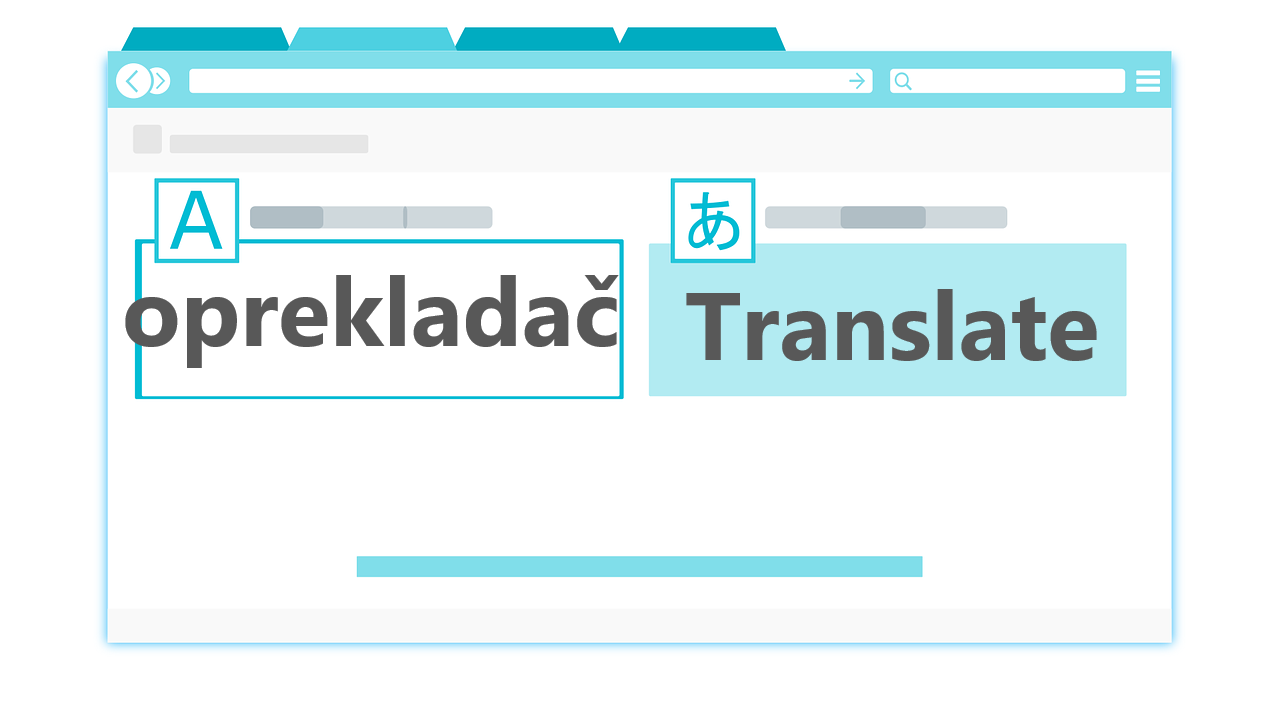Identity verification holds primary importance for financial services, the banking sector, crypto platforms, and all digitally operating businesses worldwide. This process includes the verification of the identities of clients in order to reduce the likelihood of criminal and criminal activities to ensure compliance with state regulations. The task can be performed in multiple ways. However, a primary approach to get this done is via electronic ID verification.
This article explains what electronic verification is and how businesses can take advantage of it.
What Is Electronic Identity Verification?
Eidv utilizes publicly open data as well as confidential databases to confirm the identity of a person quickly. It uses private information such as name, date, and place of birth, along with current residential address, among other data fields. However, the outcome of an eIDV investigation on an individual’s self-identity could be a match, non-match, or sometimes partial match.
Electronic ID Verification: How Does It Work?
There are several methods to perform electronic ID verification. However, the following are the three primary methods to conduct eIDV:
ID Document Verification
When applicants upload their identity documents to the company’s system, their data is verified manually or through electronic methods, such as Optical Character Recognition (OCR) or Intelligence Character Recognition (ICR) technology. These automated verification tools then catch, extract, and interpret data from the provided or uploaded document and allow companies to verify the authenticity of their customers in seconds.
Face Liveness Detection
Face liveness detection is an advanced form of face recognition to ensure electronic ID verification. This technology uses biometrics to guarantee an applicant is present behind the camera and also detects deepfake frauds, 3D masks, videos, and other schemes operated by fraudsters. In addition, it works by examining the face of the applicant, investigating the biometric information, and constructing a 3D facial map, to which deep learning algorithms are applied to investigate complex facial structures.
Facial Biometrics
In the facial biometrics process of electronic ID verification, an applicant captures an image of themselves, which is then compared to the existing photo on their ID card or other document using biometrics technology. If the captured photo matches that of the existing one, the applicant is evaluated as legitimate and given access to the system.
Significant Benefits of eIDV in Terms of KYC and AML
Online eIDV solutions are ideal for conducting several aspects of KYC and AML examinations. However, the following are three main components of a KYC program:
- Customer Identification Program
- Customer Due Diligence
- Ongoing Monitoring
Electronic identity verification is a significant part of a Customer Identification Program. It’s the foremost step for companies to comprehend their businesses and clients online. Hence, customer validation is the base for customer risk examinations, such as bans and politically exposed person (PEP) screenings.
Furthermore, e identification, for instance, online database verification, document authentication, or biometric validation conducted via a smartphone and artificial intelligence algorithms, has gained popularity due to its following benefits:
Increasing Customer Trust
Fulfilling the expectations of customers improves a company’s ability to obtain more clients through the door. eIDV solutions can help businesses in this regard so they can see where customers are dropping off and make improvements.
Digital-First Compliance & eKYC
eKYC is the evolution of KYC processes transformed into an advanced form in the digital age. Additionally, customer expectations have changed dramatically during the last decade. As per research, 9 out of 10 people prefer accessing services online, and a huge percentage of clients will never want to visit a bank again. In fact, customers simply want to get rid of the hassle of visiting companies in person to verify their identity and open new accounts. Hence, electronic ID verification is the best solution that allows customers to sign up from the convenience of their own homes or even offices.
Preventing Fraud
KYC compliance and fraud prevention always go hand in hand. Failure to verify customers adequately means clients can more efficiently bypass AML controls and manipulate financial systems to commit crimes. However, an efficient, precise, and simplified compliance solution, such as eIDV, incorporates significantly into a business’s fraud prevention system.
Saving Costs
Most electronic ID verification solutions utilize machine learning algorithms to conduct automated verifications. It not only accelerates the identity verification process but also allows businesses to lower the costs of acquiring a new client.
In A Nutshell
Electronic ID Verification is a real-team identity authentication methodology that helps businesses and the banking sector to ensure fraud prevention. In addition, it significantly helps companies to meet KYC compliance while saving resources and gaining the trust of their customers. Consequently, businesses can now onboard more customers in less time and build credibility at the same time.




